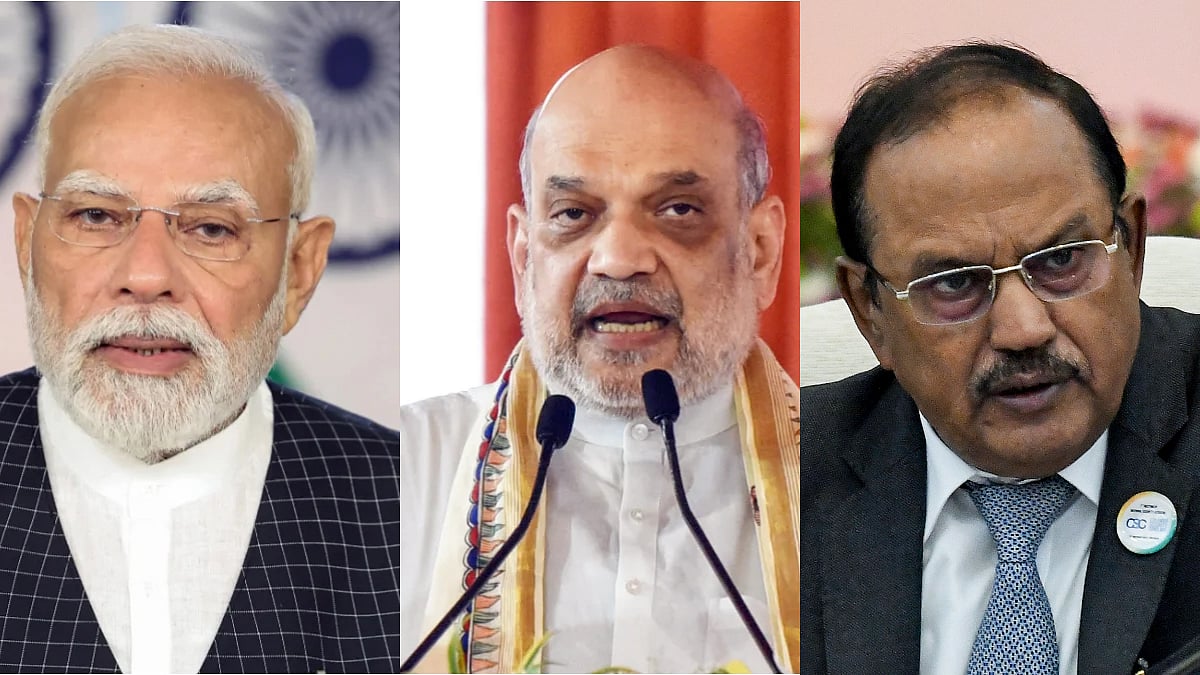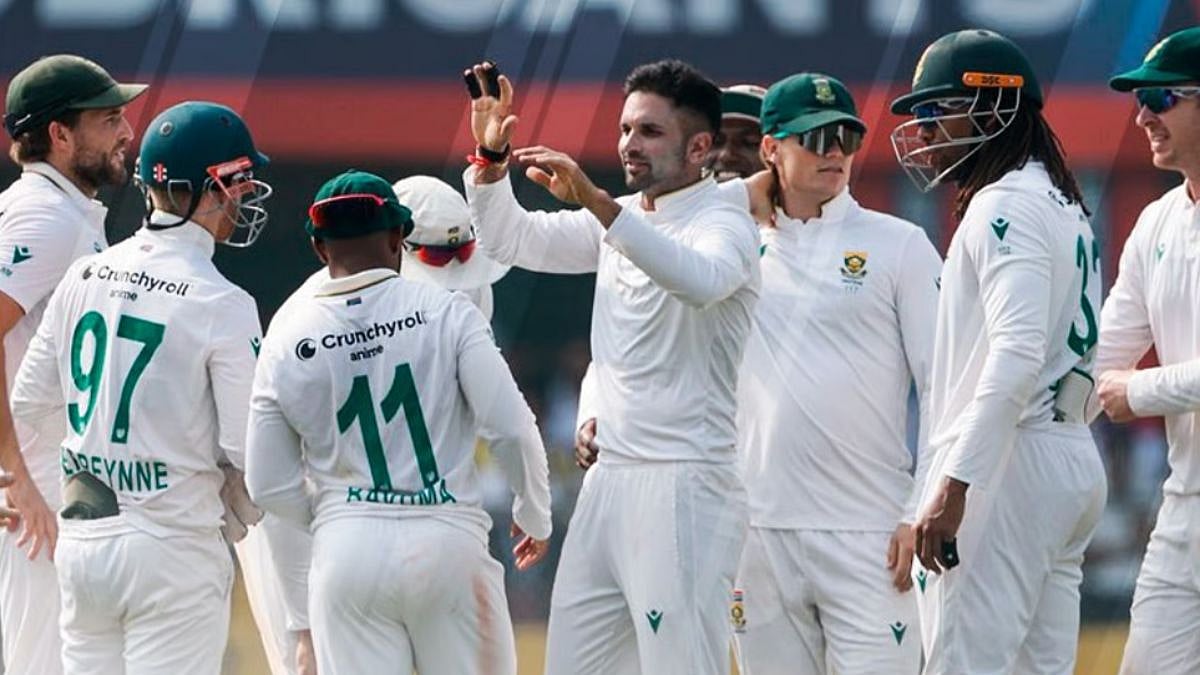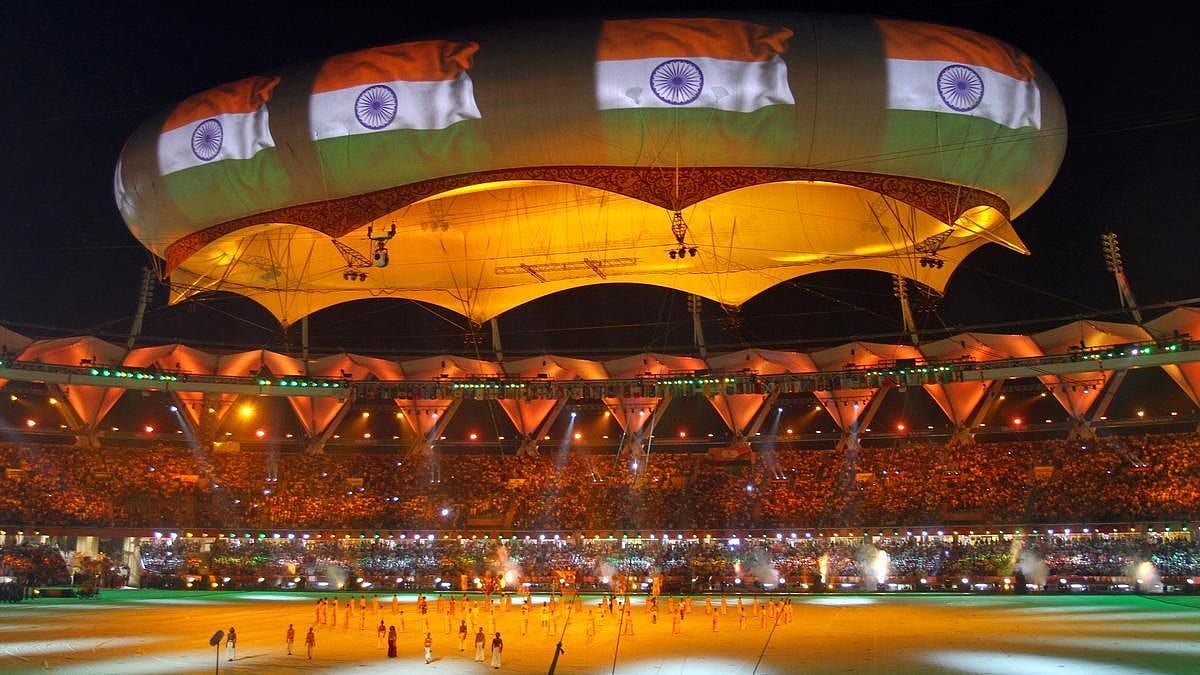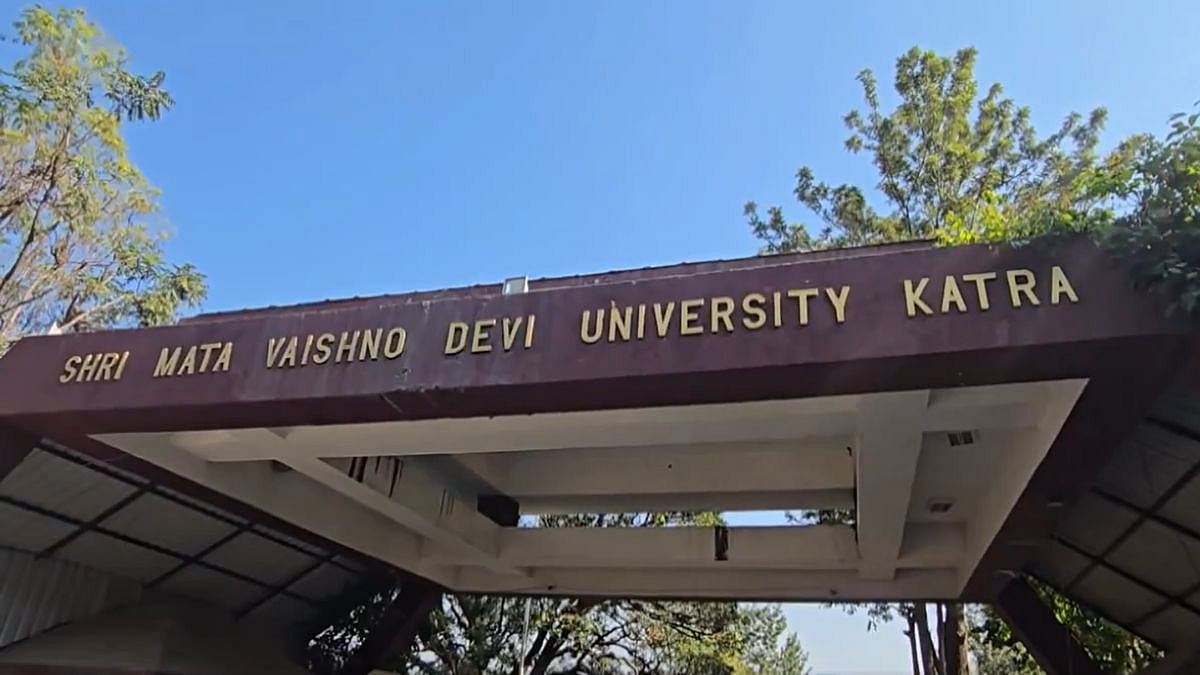Bihar’s November 2025 electoral massacre—where the opposition alliance limped to a mere 35 seats against the NDA’s 202—has delivered the final verdict: the I.N.D.I.A. bloc is dead. What began in 2023 as a 26-party challenge to the ruling establishment managed a respectable 234 seats in the 2024 Lok Sabha elections on the strength of patchy state-level deals.
Eighteen months later, that coalition has quietly disintegrated, torn apart by Congress’s electoral deadweight, the absence of any roadmap beyond the last general election, perpetual confusion over who is still inside the tent, and open rebellion from the very regional heavyweights who once kept it afloat.
The rest of the piece is merely the autopsy of a corpse everyone already knew was cold. Bihar delivered the clearest autopsy. The Mahagathbandhan of RJD, Congress, and Left parties went into the November 2025 assembly election hoping to capitalise on anti-incumbency against Nitish Kumar’s return to the NDA.
The result was catastrophic: the alliance was reduced to 35 seats in a house of 243, while the NDA swept 202. Congress, which contested 40 seats, managed to win only three. In seat after seat, its candidates forfeited deposits. The RJD, the only genuine mass party in the coalition, repeatedly complained during negotiations that Congress was demanding far more seats than its organisational strength or vote share justified.
The pattern is now familiar: Congress enters state-level alliances as the nominally senior partner, overestimates its own drawing power, forces unfavourable seat adjustments on stronger regional allies, and then drags the entire coalition down when its candidates fail to transfer even their own traditional votes.
Bihar has only confirmed what regional leaders already knew: in most states today, Congress is a passenger, not the driver, and an increasingly unwelcome one. The absence of any coherent national strategy compounds the damage. From the very beginning, the alliance was conceived purely as an electoral vehicle for the 2024 Lok Sabha polls.
In state after state, the configuration of the alliance changes kaleidoscopically. Tamil Nadu has a stable DMK-led front that predates I.N.D.I.A. and will outlive it. West Bengal saw Mamata Banerjee contest all 42 seats alone in 2024 and repeat the performance in subsequent by-elections. Delhi witnessed the absurd spectacle of AAP and Congress as allies for Parliament in 2024 and bitter rivals for the assembly in 2025.
Punjab never had a pact at all. Maharashtra’s Maha Vikas Aghadi limped to a poor third place in the 2025 assembly election after months of public bickering. Uttar Pradesh remains the only state where the SP-Congress formula still holds, but even there, Akhilesh Yadav has made it clear that future terms will be dictated by ground realities, not by any lingering loyalty to a national umbrella that no longer exists.
No one, not even the participants themselves, can confidently list which parties are still inside the alliance. Nitish Kumar and Jayant Chaudhary left before the 2024 polls. The Aam Aadmi Party declared in July 2025 that the alliance was only for Lok Sabha and walked away. The National Conference fought the Jammu & Kashmir election on its own terms.
By November 2025, Shiv Sena (UBT), Trinamool Congress, Samajwadi Party, and the Left fronts were all signalling varying degrees of disengagement. There is no charter, no secretariat, no agreed common minimum programme, and no coordination committee that meets regularly.
What was sold to the public as a historic coming-together has quietly reverted to the default Indian opposition setting: every state a separate republic, every regional satrap guarding his own turf.
The most stinging indictments have come from the alliance’s own heavyweights. Mamata Banerjee declared months ago that if others could not keep the alliance alive, Trinamool would take the lead itself. Akhilesh Yadav walked out of the Maharashtra coordination committee after differences with Shiv Sena (UBT) and has since refused to attend any national-level opposition meetings.
Sanjay Raut has repeatedly asked, in public, whether the I.N.D.I.A. bloc even exists any longer. These are not minor irritants; these are the very parties that delivered the bulk of the alliance’s seats in 2024—SP with 37, TMC with 29, and Shiv Sena (UBT) with 9—while Congress managed 99 only because it piggybacked on their votes.
If a genuine opposition front is to rise from these ashes before the next round of crucial state elections in 2026-27, the old hierarchical model must be buried for good. Leadership can no longer be the exclusive privilege of one party that happens to have the largest national footprint on paper.
Instead, the alliance needs a rotating or collective leadership drawn from the strongest regional unifiers—Mamata Banerjee in the east, Akhilesh Yadav in the heartland, MK Stalin in the south, Uddhav Thackeray or Sharad Pawar in the west, and Arvind Kejriwal in the north (though AAP has formally gone out of the alliance)—depending on the electoral cycle.
Congress must abandon its reflex of high-handed seat demands and symbolic primacy; every partner, regardless of size, must receive equal respect and proportional voice. Only a federal, egalitarian structure that treats regional satraps as co-owners rather than junior allies can survive the centrifugal forces of Indian politics. Anything less will produce another stillborn coalition—and another decade of one-sided contests.
Sayantan Ghosh teaches journalism at St. Xavier’s College (Autonomous), Kolkata, and is the author of The Aam Aadmi Party: The Untold Story of a Political Uprising and Its Undoing. He is on X as @sayantan_gh.









